Discover the beautiful and exciting world of
Colors of the English bulldog
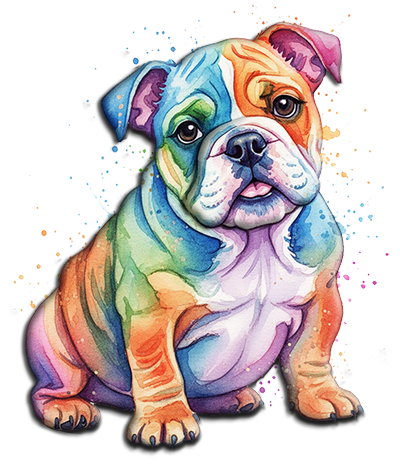

The English bulldog’s coat is short, smooth, and fine-textured, appearing in a variety of colors considered traditional and accepted by the main breed clubs.
The primary standard colors include:
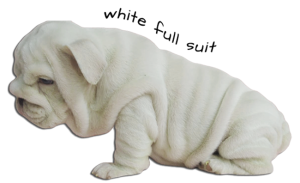
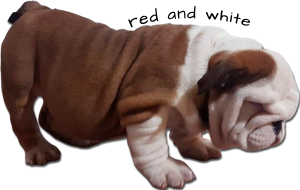
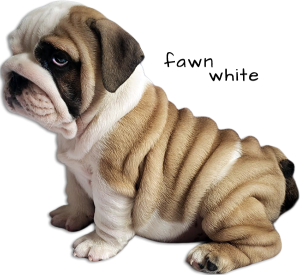
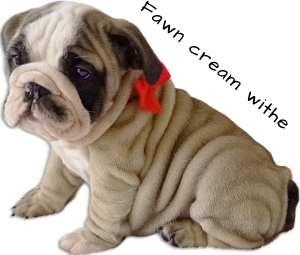
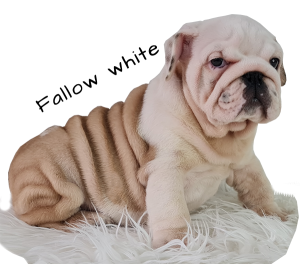
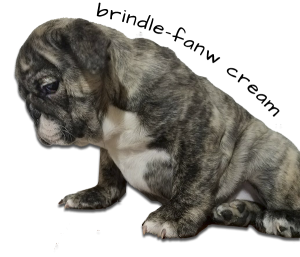
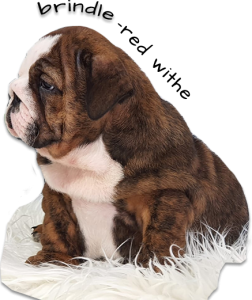
urthermore, combinations of these colors are accepted, such as White and Red, White and Fawn, or the Piebald (Pío) pattern, where large color patches predominate over a white background. Markings like black masks and a minimal amount of black tipping or markings within the piebald pattern are also permitted.
It is important to note that the breed standard, established by organizations like the Bulldog Club of America (BCA) and the American Kennel Club (AKC), Federation Cynologique Internationale (FCI) disqualifies dogs with colors or patterns considered «non-standard» from breed competitions.
These non-standard colors are achieved by selective breeding for rarity and often command higher prices.
Also the color of the truffle and nose changes in each named color depending on the dominant gene.
In the exotic English bulldog find light brown eyes, dark and light green eyes, and dark blue eyes.
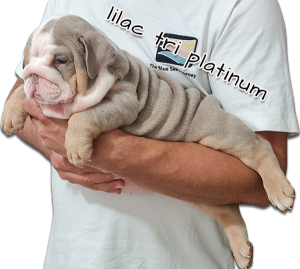
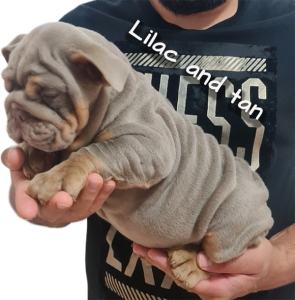
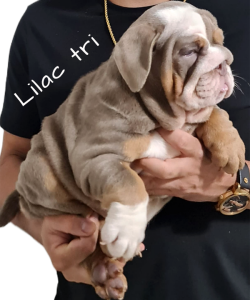
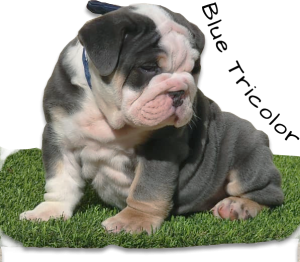
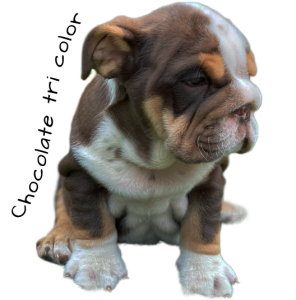
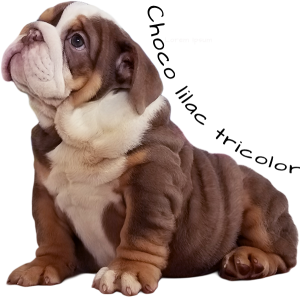
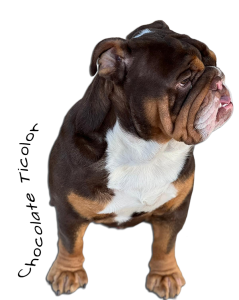
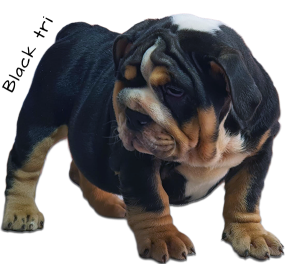
1. Colors and Distribution
Underside of the tail and around the anus.
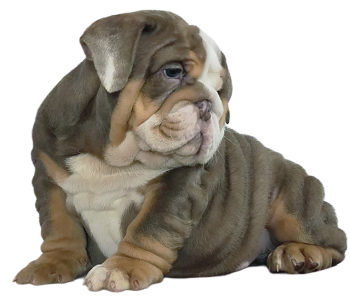
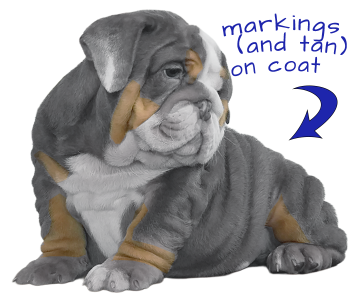
2. Color Variants
The «and Tan» pattern combines with dilution genes, creating the following variations, many of which are considered exotic in breeds like the Bulldog:
3. Genetics
The pattern is determined by the a t allele at the Agouti Locus. For the and Tan pattern to be expressed, the dog must not carry the Dominant Black (KB/—) or Recessive Red (e/e) gene, as these mask the tan markings.
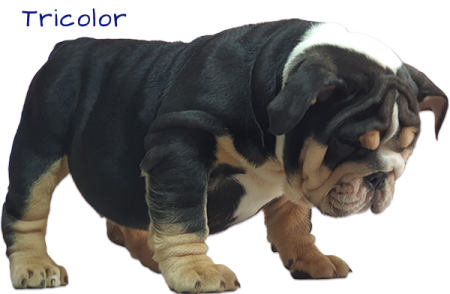
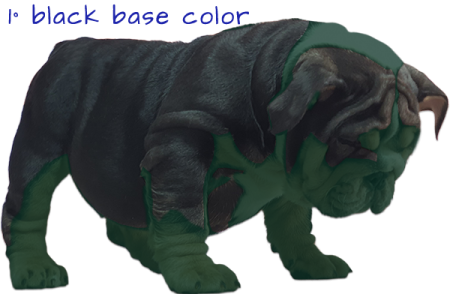
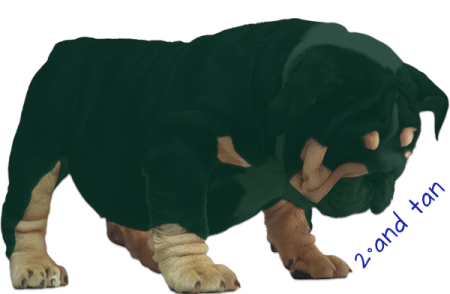
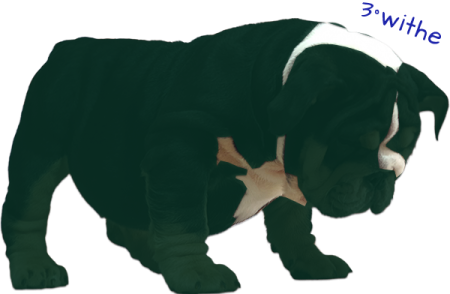
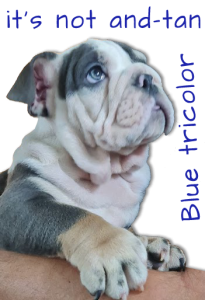
Lorem ipsum dolor sit amet, consectetur adipiscing elit. Ut elit tellus, luctus nec ullamcorper mattis, pulvinar dapibus leo.
The Merle coat pattern in the English Bulldog is characterized by irregular, mottled patches of light (diluted) color mixed with areas of the original solid color.
It is not a color, but rather a genetic pattern that affects pigmentation, making the coat appear marbled or speckled (e.g., Blue Merle or Lilac Merle).
The Merle gene, which produces the spotted coat pattern, also affects eye pigmentation, resulting in a distinctively beautiful appearance.
Here’s a summary of how it manifests:
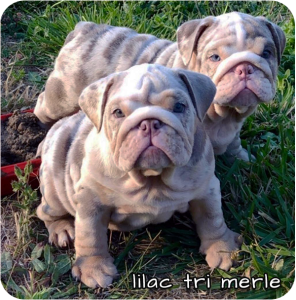
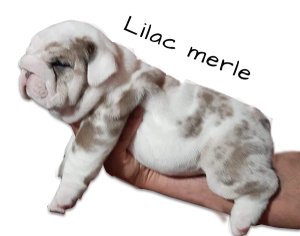
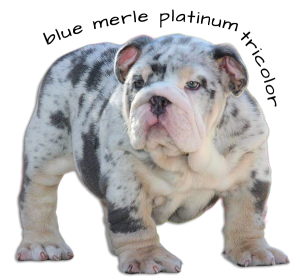
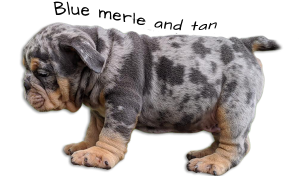
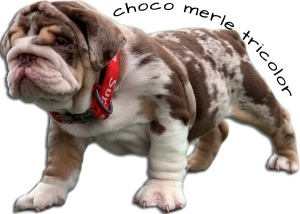
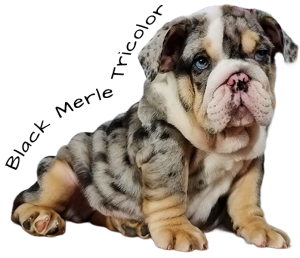
Yes, the Tricolor Merle pattern exists in Bulldogs, both English and French.
«The name refers to a combination of three genetic patterns»:
Electric Blue Eyes.: The most notable characteristic is the appearance of blue eyes (fully or partially) in breeds where that eye color is not normally seen. The Merle gene dilutes the melanin in the iris, making it appear blue , withe and electric.
Heterochromia: It is very common for Merle dogs to exhibit heterochromia, meaning they have one eye of one color (e.g., blue) and the other of a different color (e.g., brown or amber). They may also have a single eye with patches of two different colors («mottled eyes»).
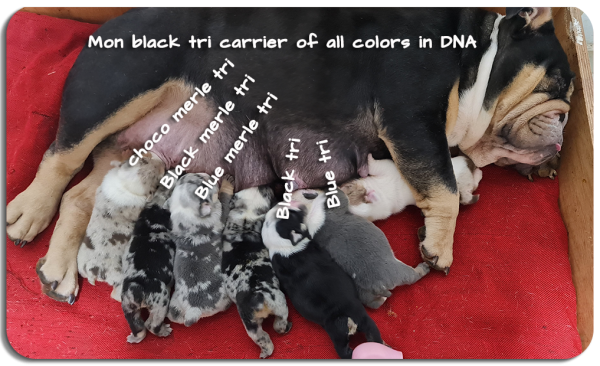
Brindle is not desired by most breeders as the breed is a very dominant color pattern that is easily transmitted.
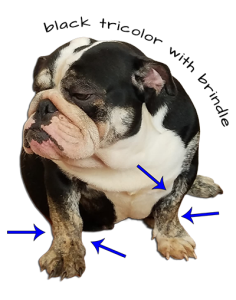
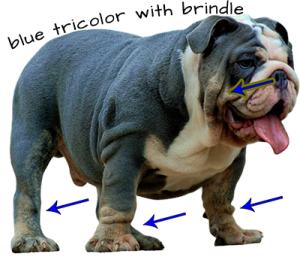
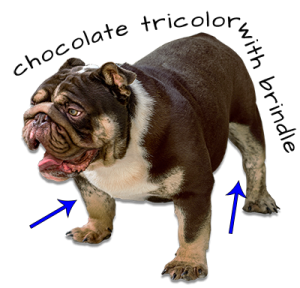
Nature is always characterized by surprising us by revealing its artistic and creative touch.
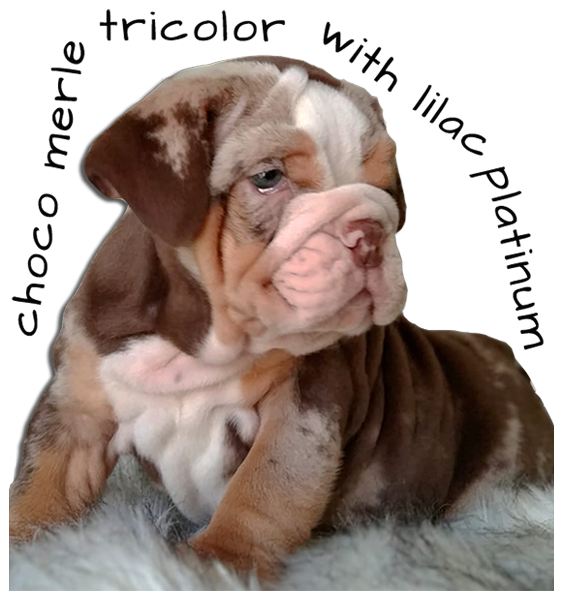
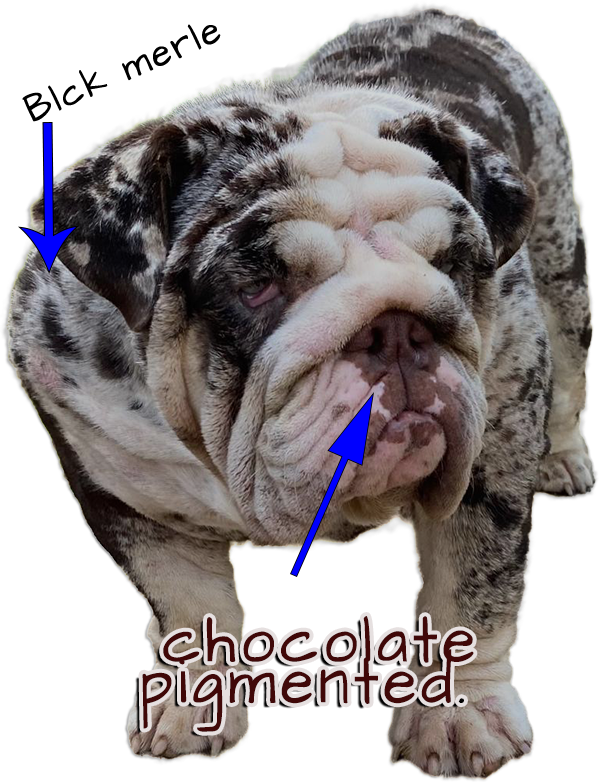
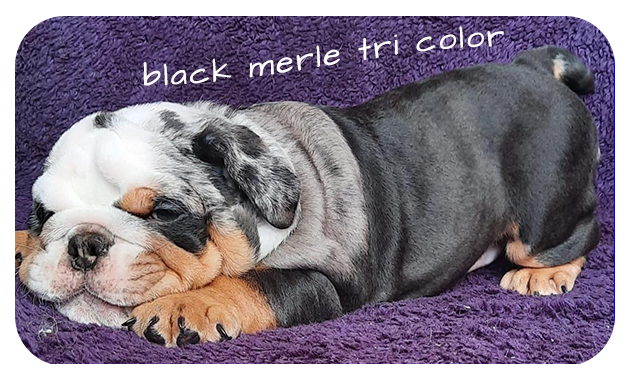
The sable color of the English Bulldog is characterized by black-tipped hairs on a base color. This pattern is not considered standard in breed shows and is often described as a genetically «underdeveloped tricolor.»
The sable color is created because one parent is exotic (or has an invisible carrier gene for black, blue, or chocolate), and the other parent is standard.
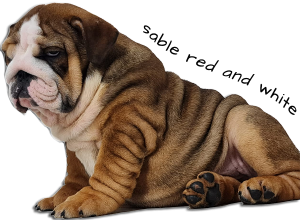
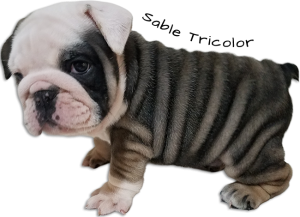
The Merle Fawn of the english bulldogs is when one of the parents is merle and the other is standard, it does not transmit in itself an exotic color from the carrier parent, generating in the coat a variety of tones (non-exotic colors) very similar to the spotted and patched merle in the dog’s coat.
Occasionally, colored eyes or one eye, whether merle or greenish, are transmitted
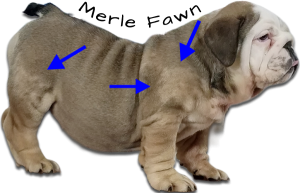
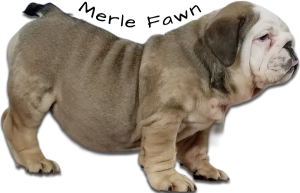
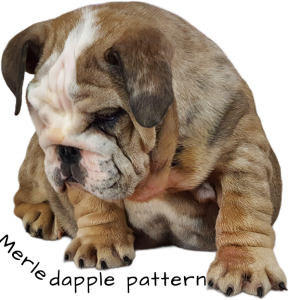
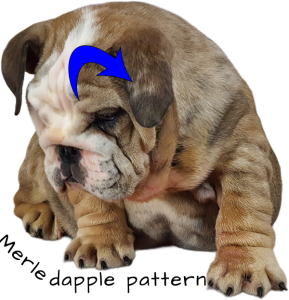
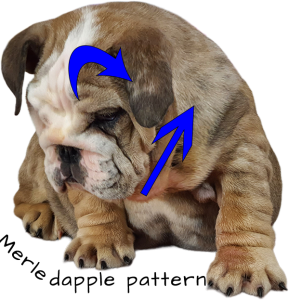
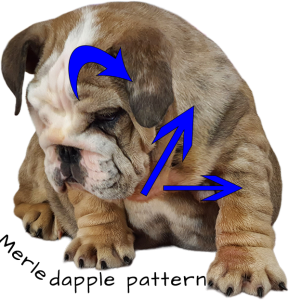
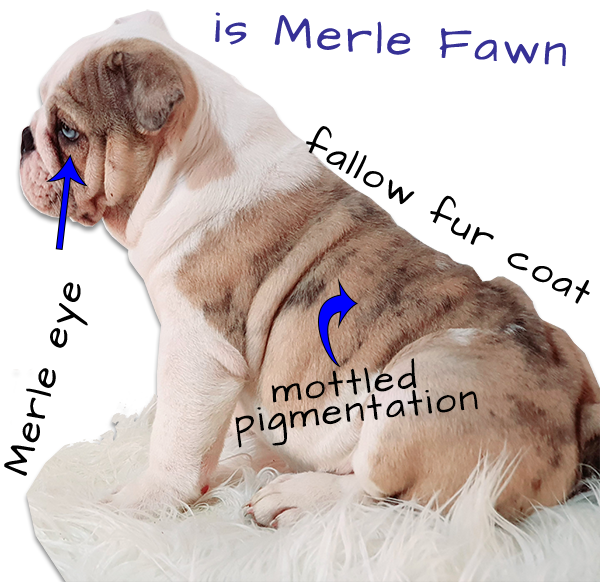
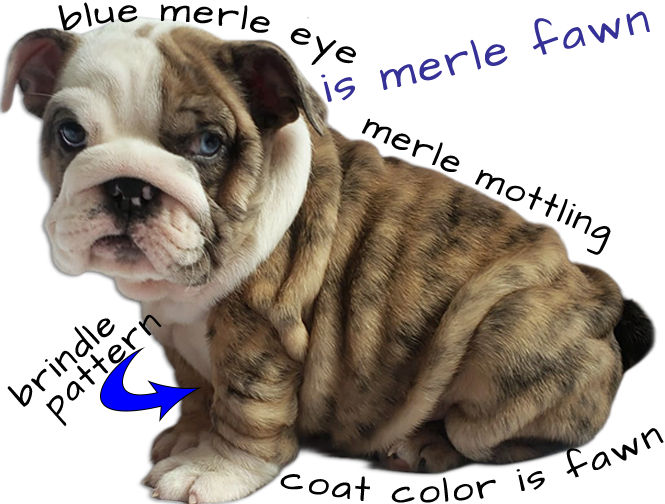
The fawn of merle of the english bulldogs is a yellowish color, sometimes with an orange hue, characterized by a very vivid color. It is also created from one parent being a merle and the other a standard
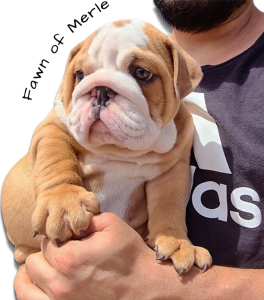
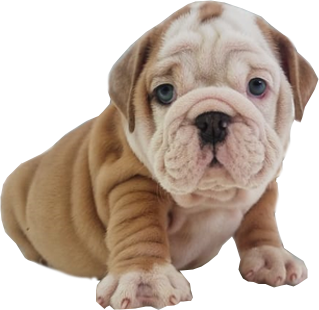
fun fact; A newborn exotic puppy's coat color darkens as it grows until it is 6 or 7 months old. When it comes to standard puppies, the opposite happens; it lightens as they grow until they reach 6 to 7 months old.
Havier Kzres